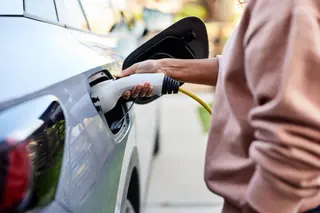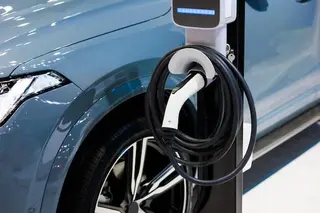Understanding the Role of Charge Point Operators in the EV Charging Ecosystem
Introduction As the world moves toward a cleaner, more sustainable future, the adoption of electric vehicles (EVs) continues to rise at an unprecedented pace. This global shift toward electrified transportation is reshaping how people think about mobility, energy, and infrastructure. Yet, the success of electric mobility does not depend solely on the vehicles themselves—it also hinges on the availability, reliability, and accessibility of charging infrastructure. Behind this vital infrastructure...












